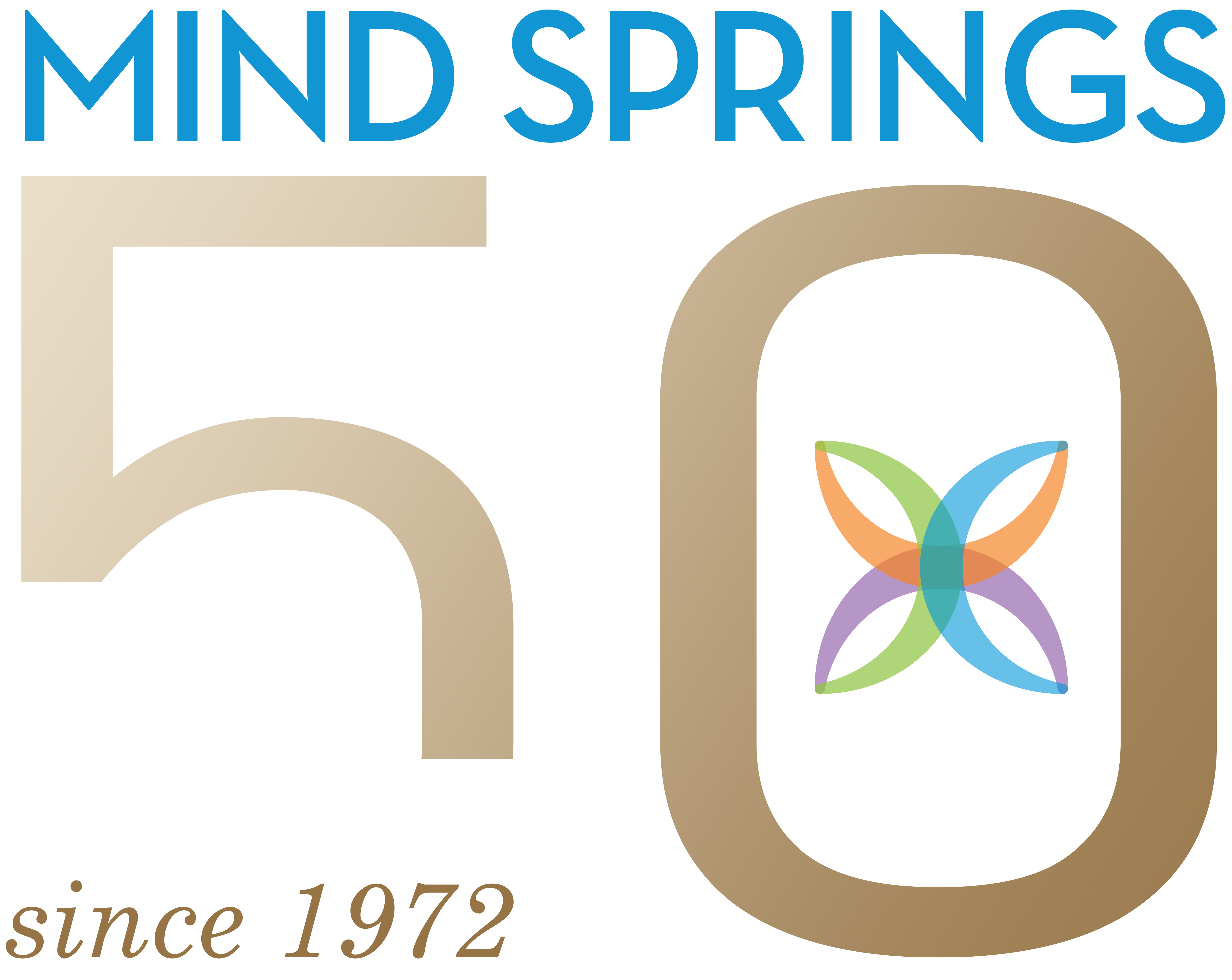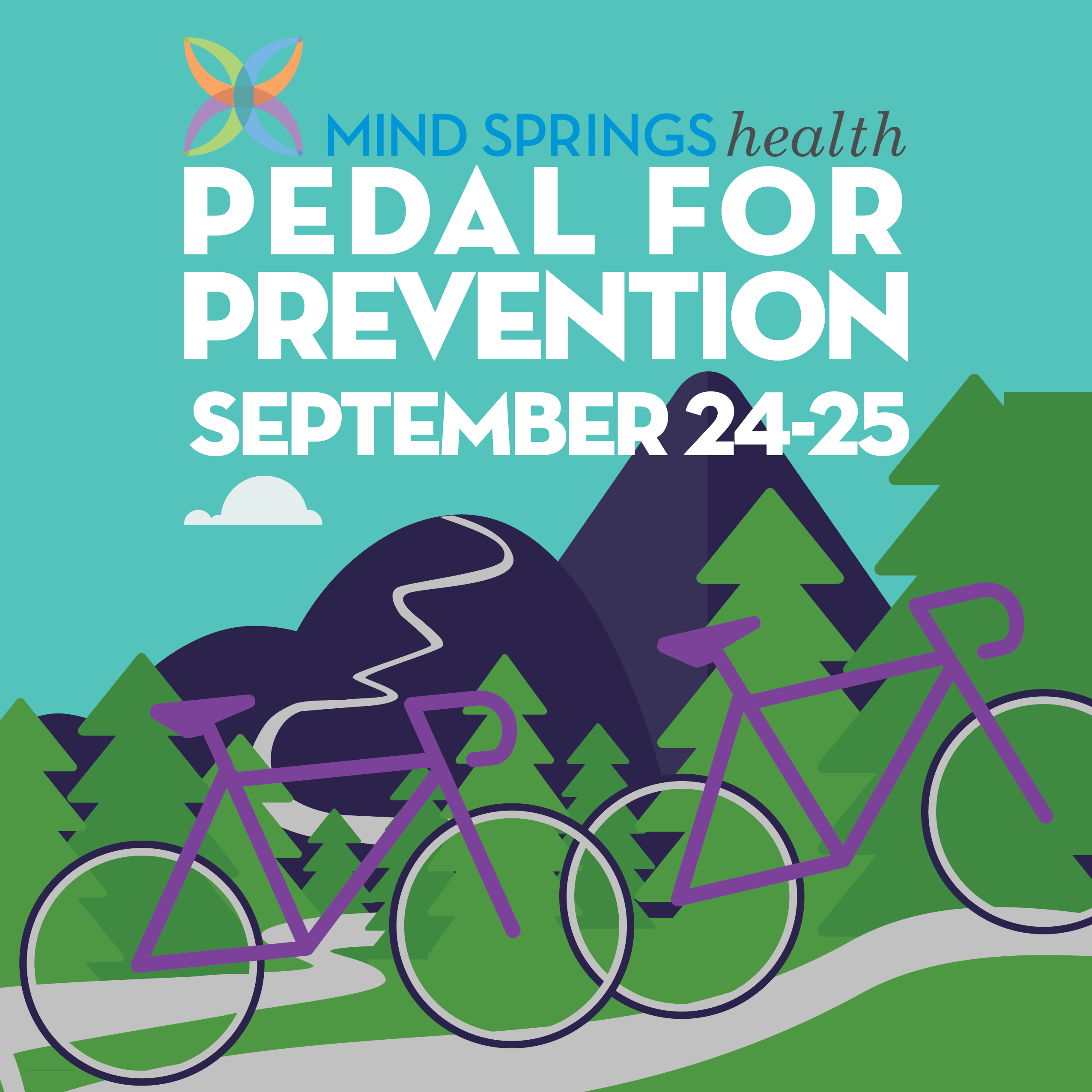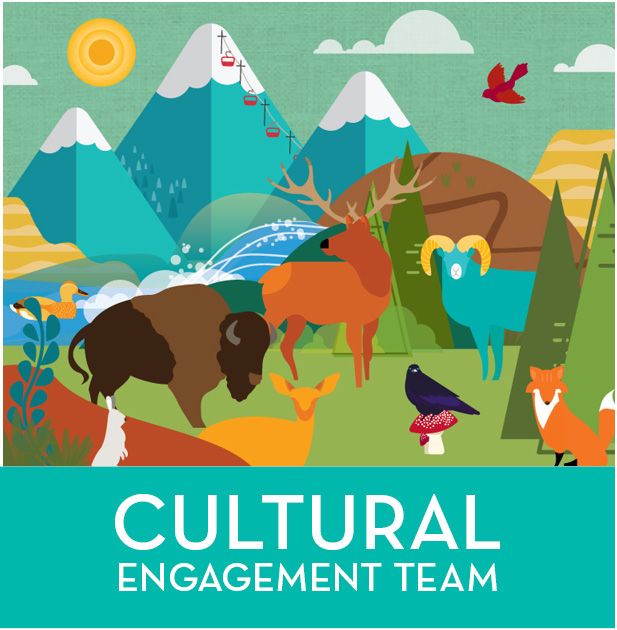Trauma Informed Care: Resiliency and Wellness
by Megan Baker, Clinician – Aspen
In the past two years, there have been a multitude of unique challenges, changes, and stressors not only in our field but in the world, in general. With that in mind, this month’s Trauma-Informed Care concept focuses on resiliency and wellness.
Emotional resiliency can be seen in one’s ability to heal from trauma and adapt to adversity without lasting difficulties. Building resiliency can be a long journey and some individuals are born with more natural tendencies to adapt. Despite some having a natural inclination towards adapting, resilience is not a quality that you either do or do not possess. Main characteristics of resilient people (emotional awareness, perseverance, internal locus of control, optimism, support, sense of humor, perspective, and spirituality) can be seen through the balance of whole health wellness.
SAMHSA (2016) outlines eight dimensions of wellness that can aid in processing and handling stressful situations. The eight dimensions are:
- Social – Having healthy relationships with friends, family, and the community. This can also include having an interest in and concern for the needs of others and humankind
- Environmental – Being able to be safe and feel safe. This dimension can include access to clean air, food, and water, as well as occupying and promoting natural environments and spaces.
- Physical – A healthy body, good physical health habits, nutrition, exercise, and appropriate health care.
- Emotional – The ability to express feelings, adjust to emotional challenges, cope with life’s stressors, and enjoy life. This dimension also outlines the awareness of one’s strengths and desire to improve oneself.
- Spiritual – One’s personal beliefs and values which can be seen through meaning, purpose, and a sense of balance and peace
- Occupational – Participating in activities that provide meaning and purpose and reflect personal values, interests, and beliefs, including employment
- Intellectual – Keeping our brains active and expanding intellect through various means including looking at different perspectives of an issue and taking them into consideration
- Financial – One’s income, debt, savings, understanding of financial processes and resources, as well as one’s satisfaction with current financial situation.
When an individual feels off balance in one or more of these dimensions they may notice impacts to their wellness in another dimension. For example, if one is worrying about money (decrease in financial wellness) as we often see in the lives of clients or personally, one may experience anxiety (decrease in emotional wellness) which may lead to problems seen in physical wellness, occupational wellness, social wellness, environmental wellness, as well as spiritual wellness. Resilience can be fostered through awareness of wellness and identification of dimensions that may need additional support.
As we reflect on our own wellness journey, consider what you have done to make it through difficult times in the past years. Additionally, what dimensions do you feel you may need to gain additional resources in? Attached is a link to SAMHSA’s guide to “Creating a Healthier Life” which can aid in identifying overall wellness and providing support to promote balance in one’s life. https://store.samhsa.gov/sites/default/files/d7/priv/sma16-4958.pdf
As we continue to add Trauma Informed Care (TIC) segments in the monthly scoops, please consider reaching out to Jackie Skramstad or Megan Baker with real-life examples of the topics you have read as well as areas you might like to know more about.







